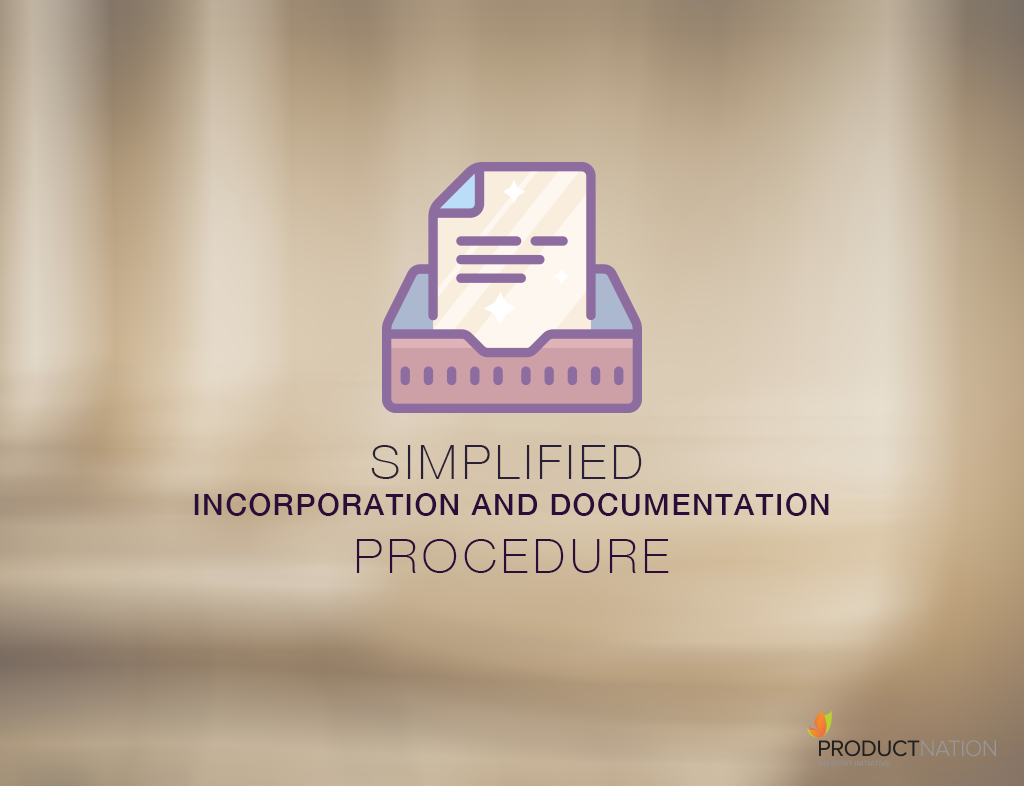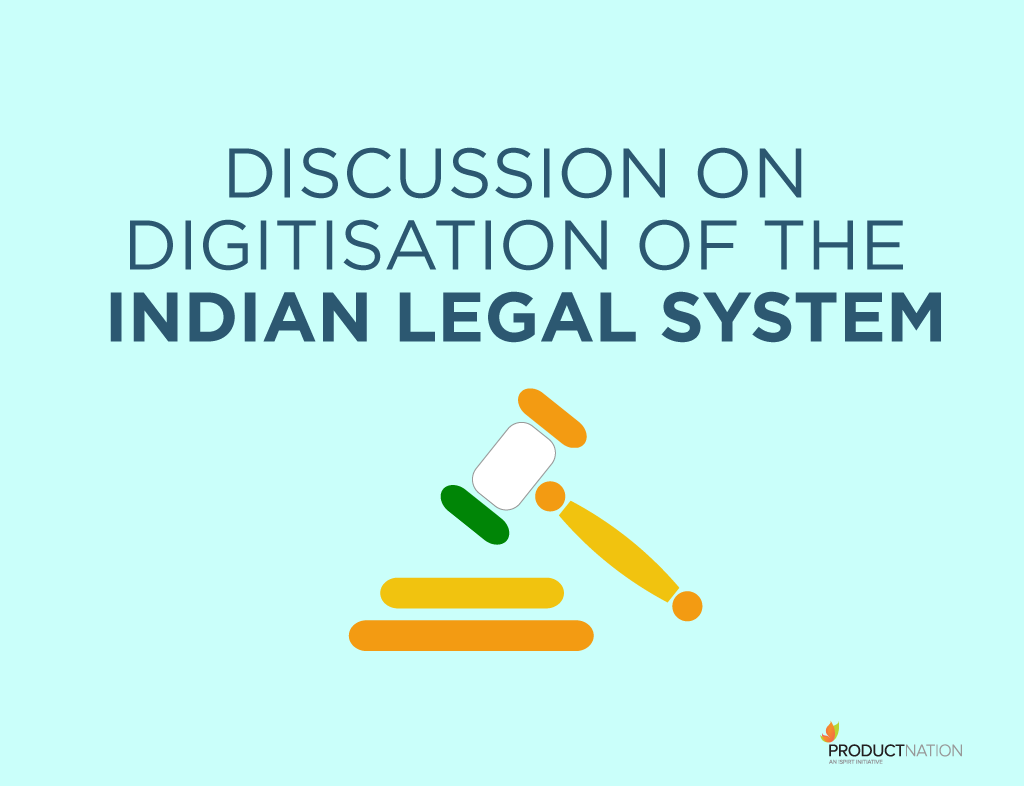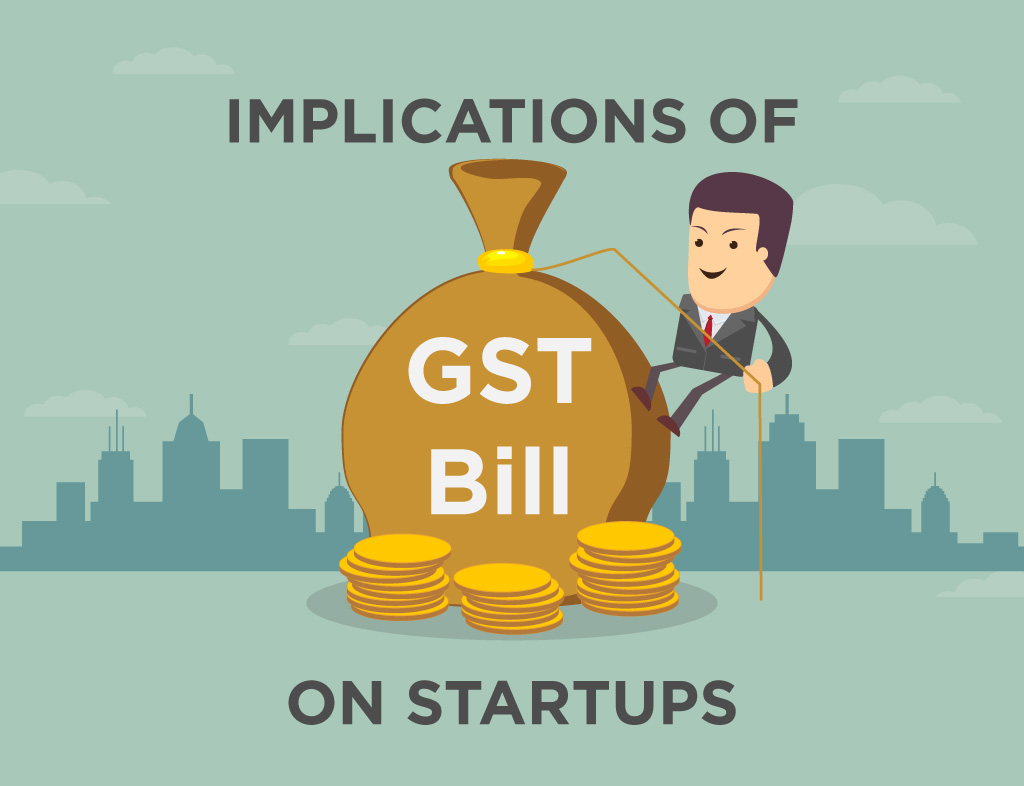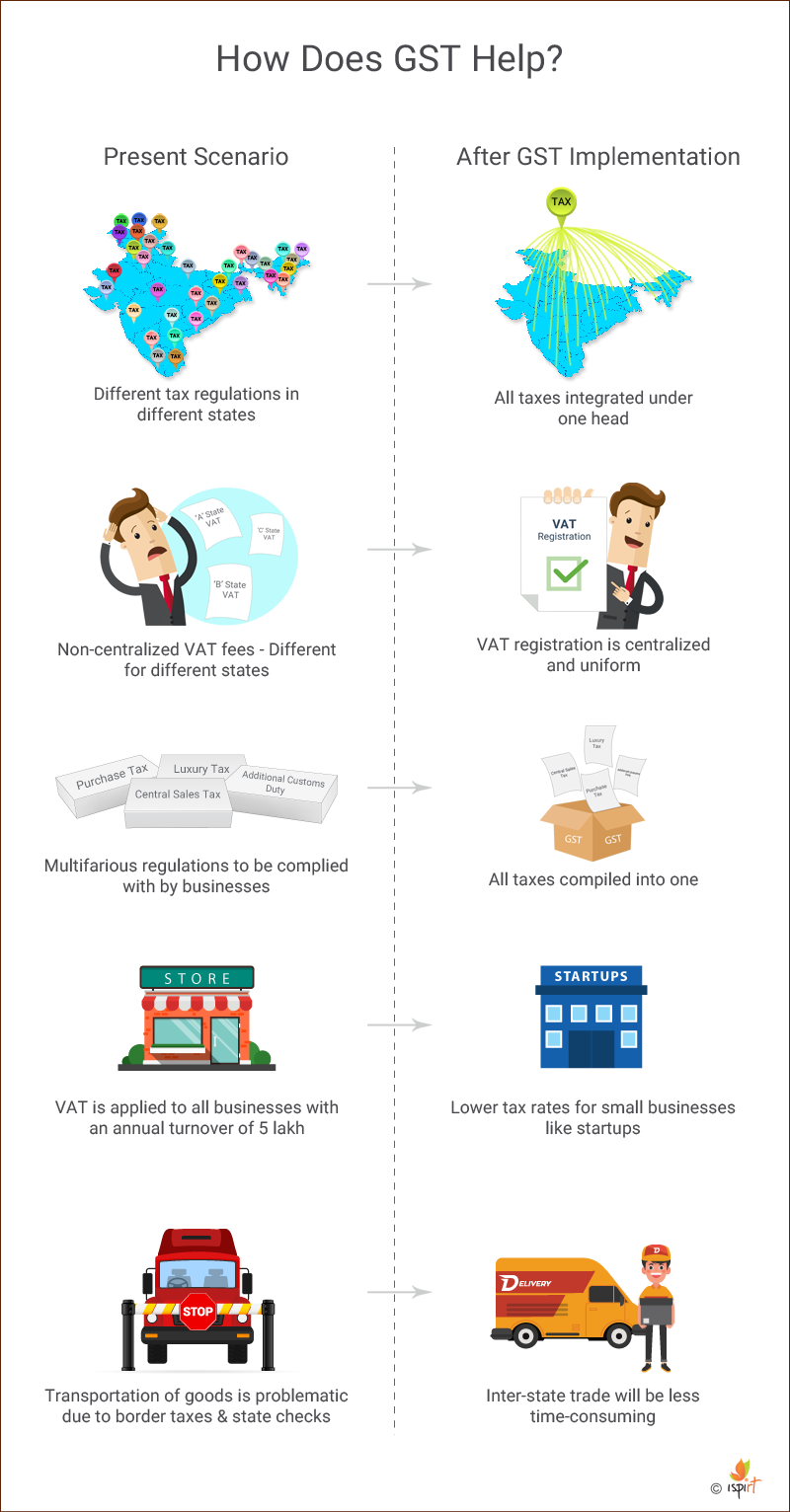A Company name is the identity of a company and what people use to refer to it. Picking a company name at times can be harder than finding a business opportunity, and on several occasions, people have gone ahead and started their company without an apt name. This can damage the value of the company or the business itself because you are losing customers who don’t understand what your company does, too many similar companies or it’s just difficult for them to find you because of the company name.
The different company types are (based on name):
Private Limited – include the words ‘Private Limited’ or ‘Pvt Ltd.’ following the name of the company.
Public Limited – include the words ‘Public Limited’ or just ‘Ltd.’ following the name of the company.
Here are few things you can do to help choose the right name for your company:
Identify what your business does and which industry it belongs to
Once you have an understanding of what your company does and whom it is trying to serve, it will give you a platform for names to choose or a starting point. Remember your target audience should be able to associate with the name. Did you know Lumia didn’t sell well in Spanish countries? This is because Lumia means …..well…..err……umm prostitute in Spanish. Go figure, Nokia.
Chubbybrain is a company that funds other companies, but because of its name, ‘Chubbybrain’, no one knew what they did as they couldn’t relate the name to fundraising. ‘Xobni’ is another such example. Xobni sold email-related products until the company shut down. Xobni is literally inbox spelt backwards. Again, the market didn’t get it and that’s why no one now uses Xobni.
Now it’s time to brainstorm
Come up with a list of apt names that the company could use and check for its availability online. If another company has the same name, then you can’t use it. If the name is similar, then people will get confused again. If you come up with a name that will be difficult in communicating what the company does, then you will have to spend on marketing to help your audience identify your name with what you do. Accenture and Verizon spent millions on marketing after they had changed their Company names in an effort to rebrand themselves.
Think big, don’t get tied down
Your company has the potential to become international and cater to several markets in different economies. If you name your company after something local, it will be difficult to market it internationally. For example, if you choose a company name in a regional language or name the company after a particular region, it will be difficult to market outside those regions. One exception could be Cisco, named after San Francisco, that operates globally.
Your company name builds goodwill in time
The name has to be memorable, creative and distinctive from the rest. Apart from goodwill, it has the possibility of attracting customers, clients and several other business opportunities. Kingfisher has been declared bankrupt and some of their listed assets for sale was the company name and logo for around 330 crores. Goodwill increases the value of your company.
Sample study. Don’t be overconfident, test it out
Once you have a list of desired names, do a sample study with your friends, relatives and colleagues. Find out what they associate the name with when they first hear it. If they can zero in on what you are trying to convey, then you are pretty close to finding your company name. Don’t just go around asking people “Is this name alright for my company”?
Trademarks
A trademark is a visual symbol of the company which could be a combination of words, signature, colour, image, logo, brand name, tagline, etc. Any individual or company can apply for a ™ registration which would take 6-24 months along with a validity of 10 years, upon expiry, can be extended. A business can protect itself with the use of trademarks on its products the way Apple or Nike does.
- Trademark Search: both online and offline have to be done. It can be done through a trademark agent or by checking the trademark office (INR 0-500).
- Create Application: If your business or logo is unique, the trademark attorney will draft the trademark application, as long as there are no infringements with someone else possessing or using the same trademark.
- Trademark Registration: The office will check if any objections arise from the application. If not, then it will be published in Trade-marks Journal. The approximate government fee is INR 4,000 and Attorney fee INR 3,000.
Check Domain Availability. In this age, you NEED a Domain
Your domain name is your IP address online so people can search for you and find you on the internet. You cannot use a name that someone else is already using. Leandomainsearch and bust name are just a couple of sites that can help you look for your domain name. Once you enter the names you want, it will give you what all options or combination of options that are available from which you can choose to name your domain name/company name.
Registering the Domain
One of the most common and marketed sites is GoDaddy, that offers domain names at reasonable prices. Another one is BigRock. You enter the names you want and it will give you the availability of those names which you can purchase for 1-10 years. Once the term is over, you can repurchase it, or if you choose not to, someone else can.
You will be given the option to buy .net, .web, .org. Or all three in a bundle, apart from which are info, .asia, .in, etc which can be bought separately or in a bundle.
Should you change your company’s name? Don’t be shy to fix a bad name choice
If you have chosen a company name and people still find it hard to identify you, then you should probably change the name. Rebranding your company name will also help build a good image. In the case of Anderson Accounting, the company was guilty of fraud and manipulating their books of accounts. Anderson Accounting then changed their company name to Accenture, in order to rebrand themselves and have been doing good ever since. Another example, Cadabra was the original name of Amazon. People couldn’t spell it nor did they identify with the name which was abracadabra, shortened. And the name was changed to Amazon, what we all know it by today.
Guidelines for naming a Company
Companies Act, 2013 and Company Incorporation Rules, 2014 stipulates the guidelines for naming companies. Some of these guidelines are:
- The name should be in resonance with the company’s principal object.
- Companies engaged in financial activities must have a name indicative of such financial activity being carried out, included in the company name.
- Names that include the words ‘Bank’, ‘Insurance’, ‘Mutual Fund’, ‘Venture Capital’, etc., should get regulatory compliance from the respected regulatory body (RBI, SEBI, IRDA, etc).
- Certain names require the Central Government’s approval if the company’s name includes ‘National’, ‘Union’, ‘Small-scale’, ‘Prime Minister’, ‘Federal’, ‘Statutory’, ‘Judiciary’, ‘Scheme/s’, (that may resemble ones offered by the central or state government) ‘Governor’, etc.
- In order to name the company after the promoter or the promoter’s relatives, a non-objection form is required to be signed by the person who will share the company’s name.
- The company needs to declare whether they have been using the name in the past 5 years in other forms of business such as sole proprietorship.
- Every company incorporated as a Nidhi, shall have the words ‘Nidhi Limited’, towards the end of the name.
- Once a name change has been made, only after three years can anyone avail that name.
Some of the limitations on naming your company are:
- The name shall not be identical to the name of an existing company, nor a plural of an existing name, nor translation of an existing name in another language.
- Generic names that have the names of places, or really general names are not allowed. For example, names like ‘Corporate Technology’, ‘Karnataka Business’ or ‘Solar Power’ will not be allowed.
- An abbreviated name of the founders is not allowed in India. For example, ‘KPMG’ is named after all their founders. This would not be allowed as per the Companies Act, 2013.
- A proposed name should not violate trademarks, or the Emblems and Name Act, nor include offensive words.
- Names of patriots or people still in office or government cannot be used in a company’s name.
- A name cannot imply any association with a foreign government or foreign embassy.
- The term ‘State’, can only be used by a Government Company in its name. Examples are ‘Karnataka State Construction Corporation Limited’ and ‘Karnataka State Tourism Development Limited’.
- The proposed name is identical to the name of a company dissolved as a result of the liquidation. Post 2 years, a company can then apply for the name of the dissolved company.
- The name cannot be used if it is too similar to the name of a limited liability partnership
- Using different spellings, spelling variations or phonetic spellings does not differentiate a company’s name from an existing name.
Don’t rush it. To some, it might be the easiest thing in the world. A random word simply popping into your head, sounding just right at just the right time. To others, the process may end up being rather gruesome. The result is all the same, though, you’ve got a match. A company name that will be just as important to you as it may be to the world.
Guest post by Krupesh Bhat, LegalDesk.com, a Do-It-Yourself legal platform for making legal documents online. LegalDesk.com helps startups with incorporation and legal documentation services. It also provides Aadhaar-based eSign service to businesses.








